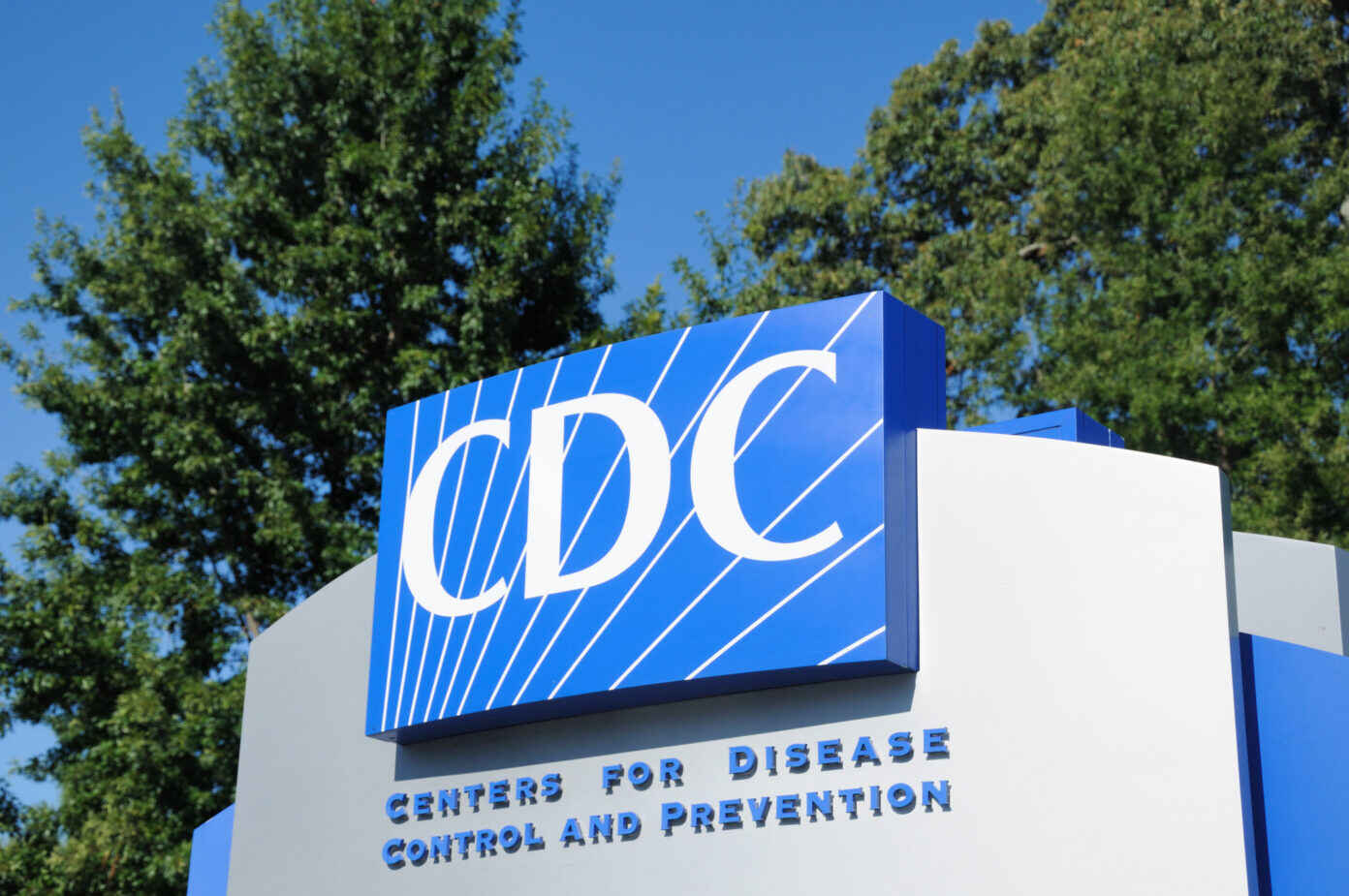End of COVID-19 Public Health Emergency Brings Changes to CDC Data Collection and Surveillance
May 18, 2023
Overview
With the end of the COVID-19 Public Health Emergency, reporting of certain data to CDC, and consequently some data analytics and surveillance provided by CDC, will no longer be available after May 11. The impact of these changes means that the public will no longer see certain metrics from CDC, such as color-coded transmission levels and community maps. More broadly, it means a less centralized approach to COVID-19 data collection and reporting to the public and a return to the fragmented public health system where states and localities exercise their own legal authority.

On February 11, 2023, federal Health and Human Services Secretary Xavier Becerra renewed the COVID-19 Public Health Emergency (PHE), declared under Section 319 of the Public Health Service Act (42 U.S. Code § 247d), for the last time. As a result, the PHE ended on May 11, 2023, officially transitioning the COVID-19 response away from the emergency phase and powers that have been in place since January 31, 2020. With the end of the PHE, reporting of certain data to CDC, and consequently some data analytics and surveillance provided by CDC, will no longer be available after May 11.
These data-related changes are among a number of other changes across the federal government that will result from the end of the PHE. Below is a summary of some of the changes to CDC’s COVID-19 data collection and surveillance that occurred with the end of the PHE:
- Going forward, the primary indicator of COVID-19 trends will be COVID-19 associated hospital admission levels. This indicator is intended to help guide community and personal decisions related to COVID-19 risk and prevention. Data reporting will move from a daily to weekly cadence.
- A new weekly surveillance indicator will be COVID-19 associated deaths based on provisional death certificate data among all reported deaths. This will be the primary indicator to monitor COVID mortality.
- COVID-19 electronic laboratory reporting (CELR), will cease after May 11 because reporting of negative results will no longer be required. Tracking the percentage of positive COVID-19 cases on a regional and national level through the National Respiratory and Enteric Virus Surveillance System (NREVSS) will replace CELR. In addition, the National Wastewater Surveillance System (SWSS) and Traveler-based Genomic Surveillance program will be additional sources of surveillance data available to monitor COVID-19 infection and variant trends.
- Regarding COVID-19 vaccine reporting, data will continue to be shared with CDC from those states, territories, and select cities that have a data use agreement in place with CDC. Future data may not be as complete as it was during the PHE.
In addition, some of CDC’s COVID-19 data collection efforts ended on May 11:
- With the end of the PHE, HHS can no longer require reporting of negative COVID-19 test results via CELR.
- National reporting of aggregate weekly counts of cases and deaths have been discontinued. CDC had previously compiled this data using automated data extraction from jurisdictional websites and dashboards, as well as direct data submissions. Many state and local health authorities have also discontinued public reporting of these data.
- Covid Community Levels (CCLs) – a composite metric that includes hospital admission rates, inpatient bed utilization, and case rates derived from aggregate reporting of case counts by jurisdiction – will also end. CCLs are being discontinued because aggregate weekly case counts are also ending, as is monthly reporting of case, hospitalization, and mortality rates by vaccination status.
The impact of these changes means that the public will no longer see certain metrics from CDC, such as color-coded transmission levels and community maps. More broadly, it means a less centralized approach to COVID-19 data collection and reporting to the public and a return to the fragmented public health system where states and localities exercise their own legal authority.
The Network is examining the public health implications of the changes in data collection and surveillance as a result of the end of the End of COVID-19 Public Health Emergency and will be publishing future information on this topic.
This post was written by Carrie Waggoner, J.D., Director – Mid-States Region Office, Network for Public Health Law.
The Network for Public Health Law provides information and technical assistance on issues related to public health. The legal information and assistance provided in this document do not constitute legal advice or legal representation. For legal advice, readers should consult a lawyer in their state.
Support for the Network is provided by the Robert Wood Johnson Foundation (RWJF). The views expressed in this post do not represent the views of (and should not be attributed to) RWJF.
